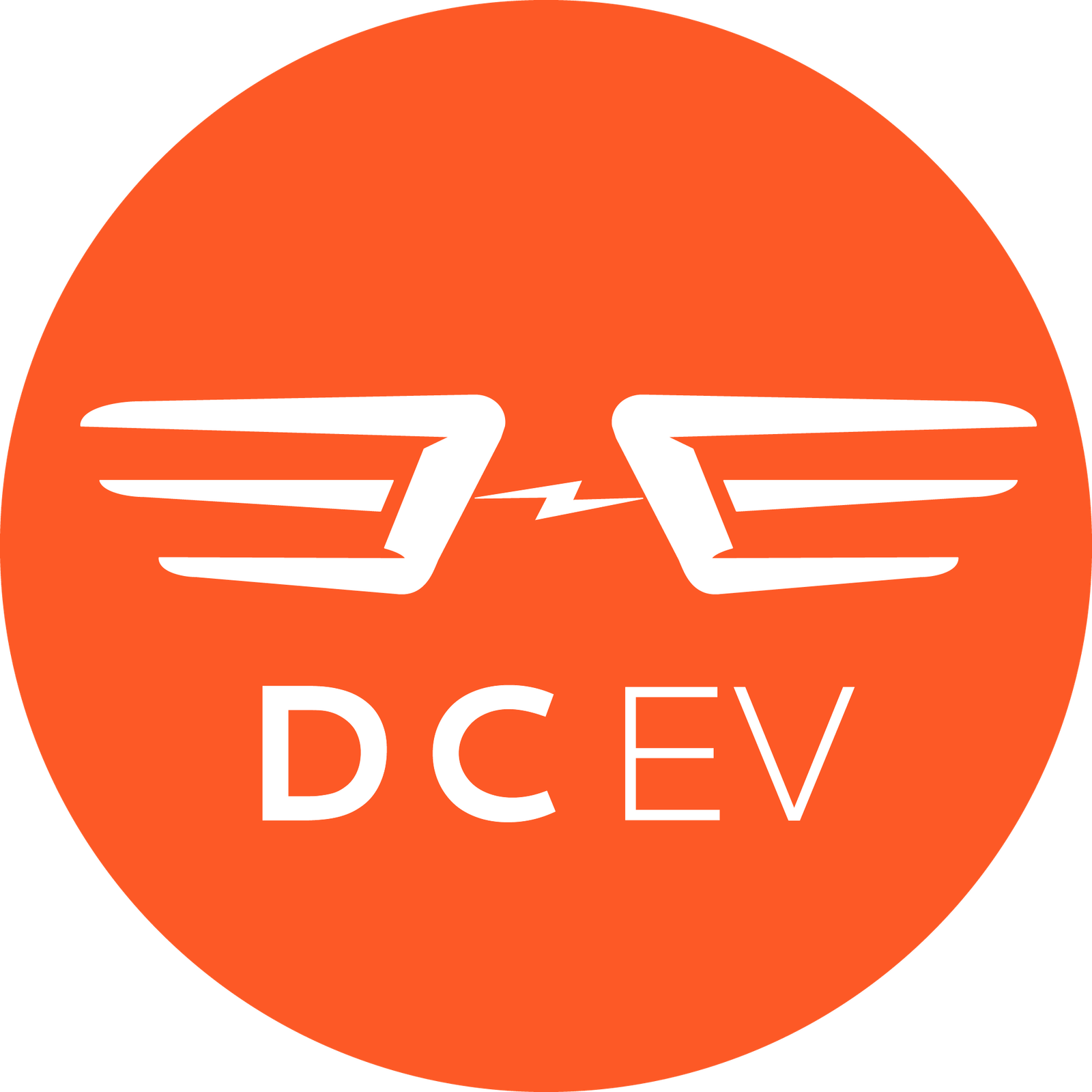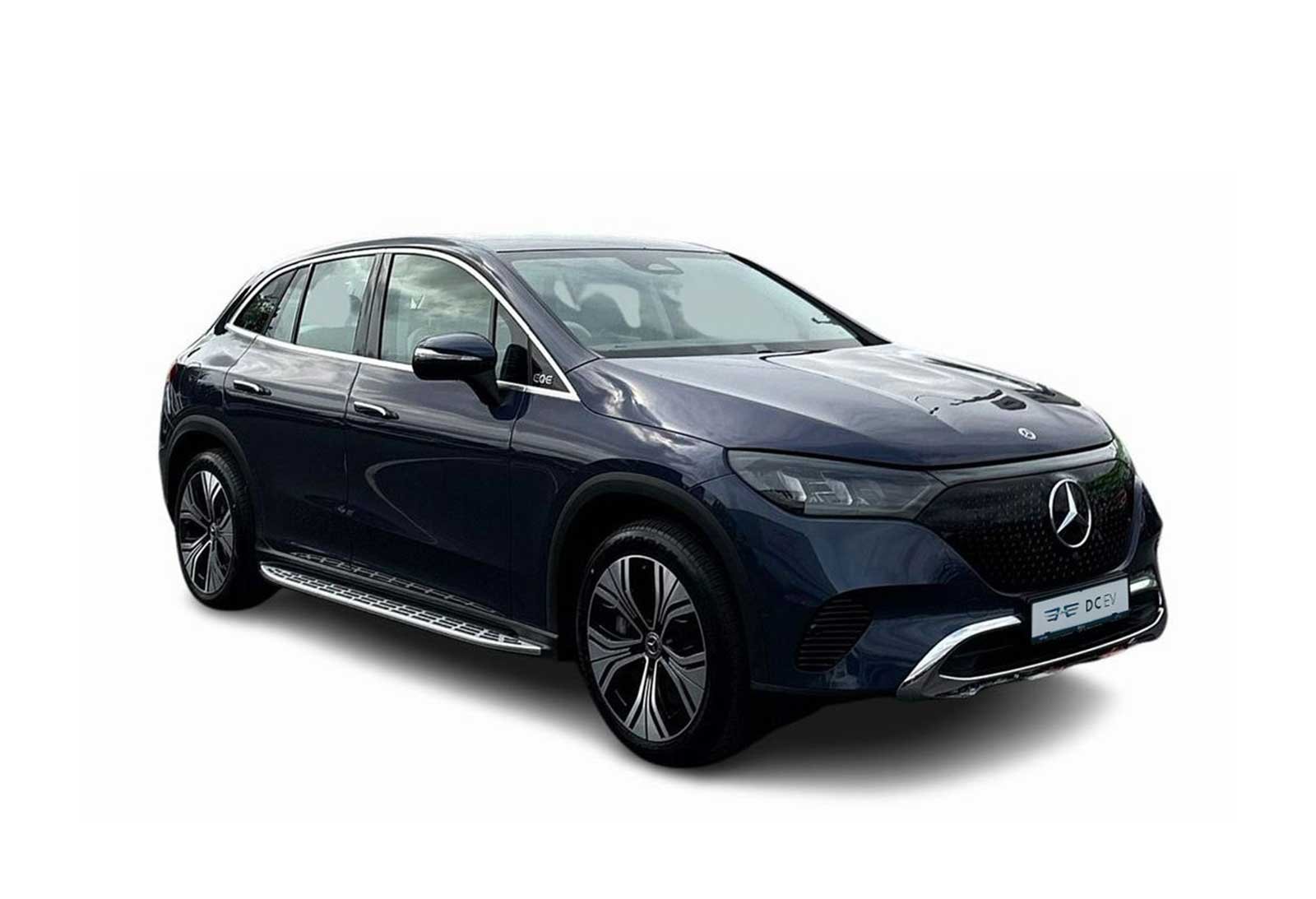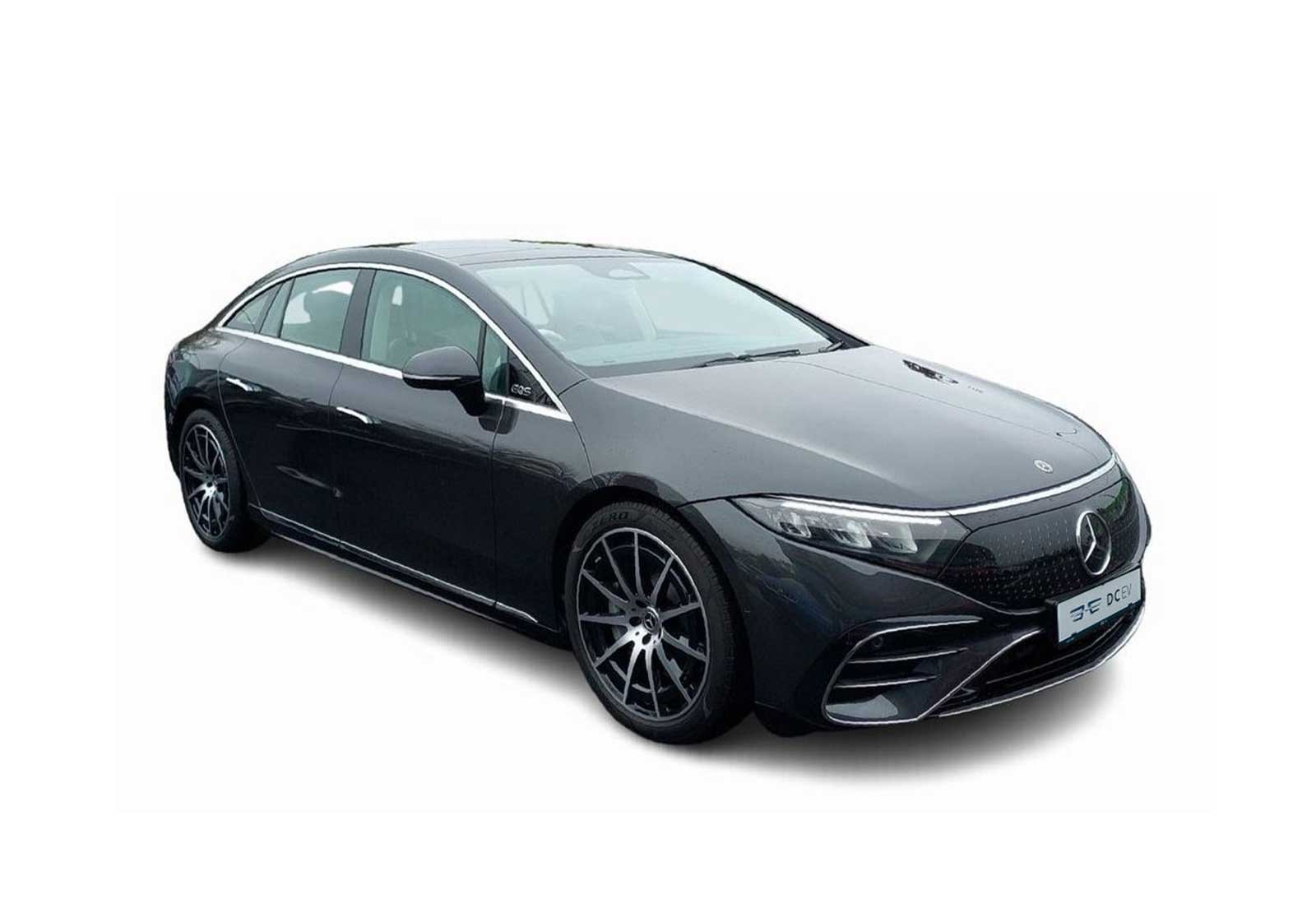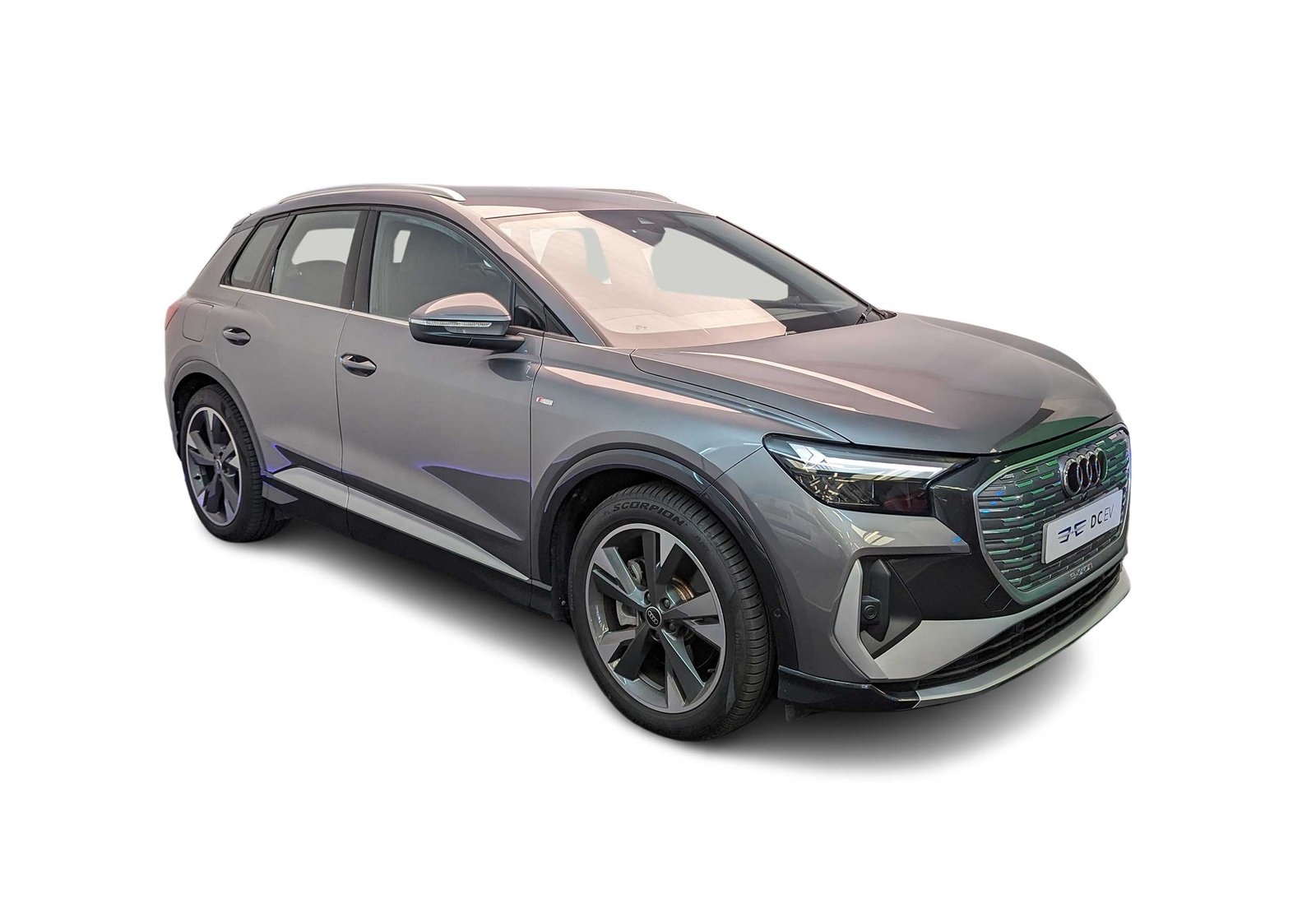Mercedes-Benz Unveils the Electric G-Wagon
Mercedes-Benz is taking a bold step into the future with the upcoming electric G-Wagon, officially known as the EQG. The company has confirmed that this iconic SUV will feature revolutionary battery technology, setting it apart from other electric vehicles on the market.
The EQG will use new silicon-anode battery cells. These batteries promise higher energy density than traditional lithium-ion cells. As a result, the EQG should offer more range without increasing battery size or weight. Mercedes-Benz has partnered with Sila, a Californian battery specialist, to develop and supply these advanced cells.
What Makes the EQG’s Battery Different?
Sila Nanotechnolgies was founded by former Tesla engineer, Gene Berdichevsky. Sila already provides its battery science to the Whoop health and fitness wearables, but it is in the automotive space where the company could make a significant impact. It is already working with BMW, but Mercedes has a minority stake in the company. Sila Nanotechnolgies is currently valued at an estimated $3.3 billion.
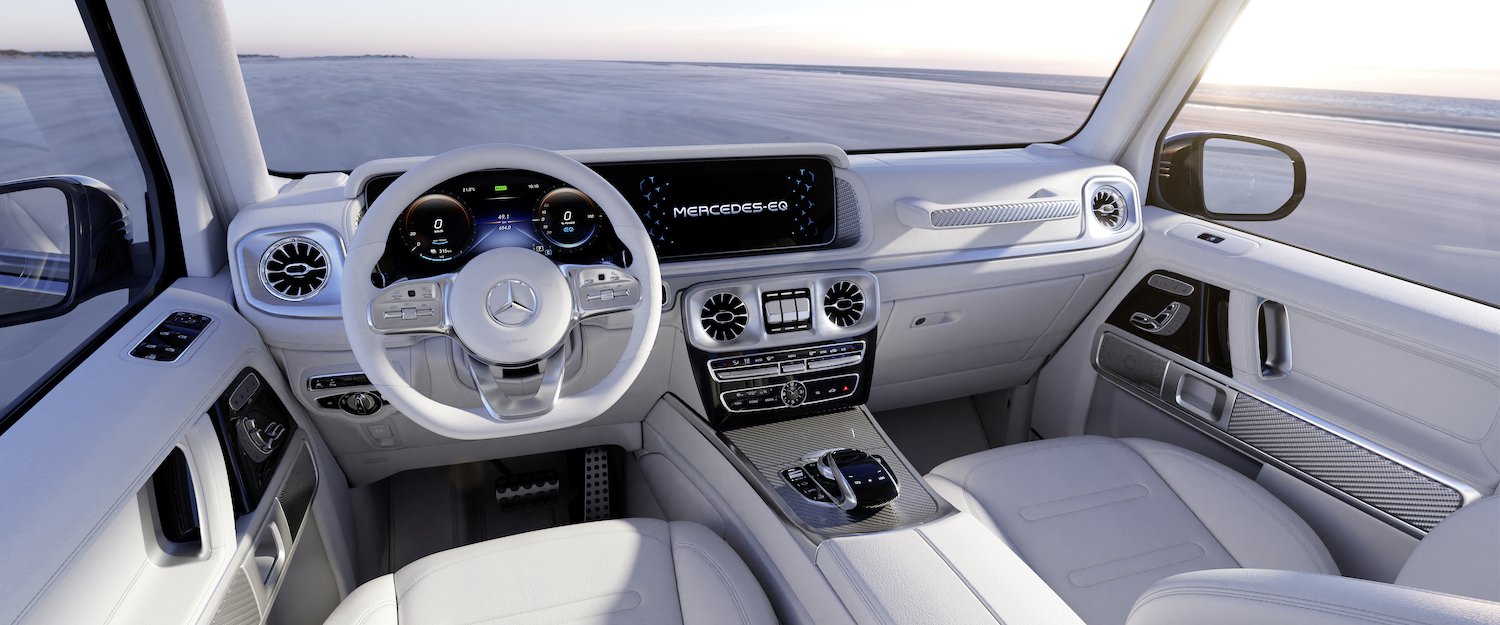
Benefits for Drivers
Drivers can expect several advantages from this new battery technology. The increased energy density means the EQG will travel further on a single charge. According to Sila Nanotechnologies, its electric car battery will use cells comparable to today’s EVs that are 20 to 40 percent more energy dense, reaching more than 800 Wh/l at cell level. The benefit of this would include extending the driving range which could be particularly beneficial in a heavier vehicle such as the G-Class.
Markus Schaefer, Mercedes Chief Technology Officer, said: “Sila has come a long way since we established our strategic partnership in 2019. They have been proving their ability to not only deliver scientific innovation at the highest level, but also their ability to manufacture high quality material.”
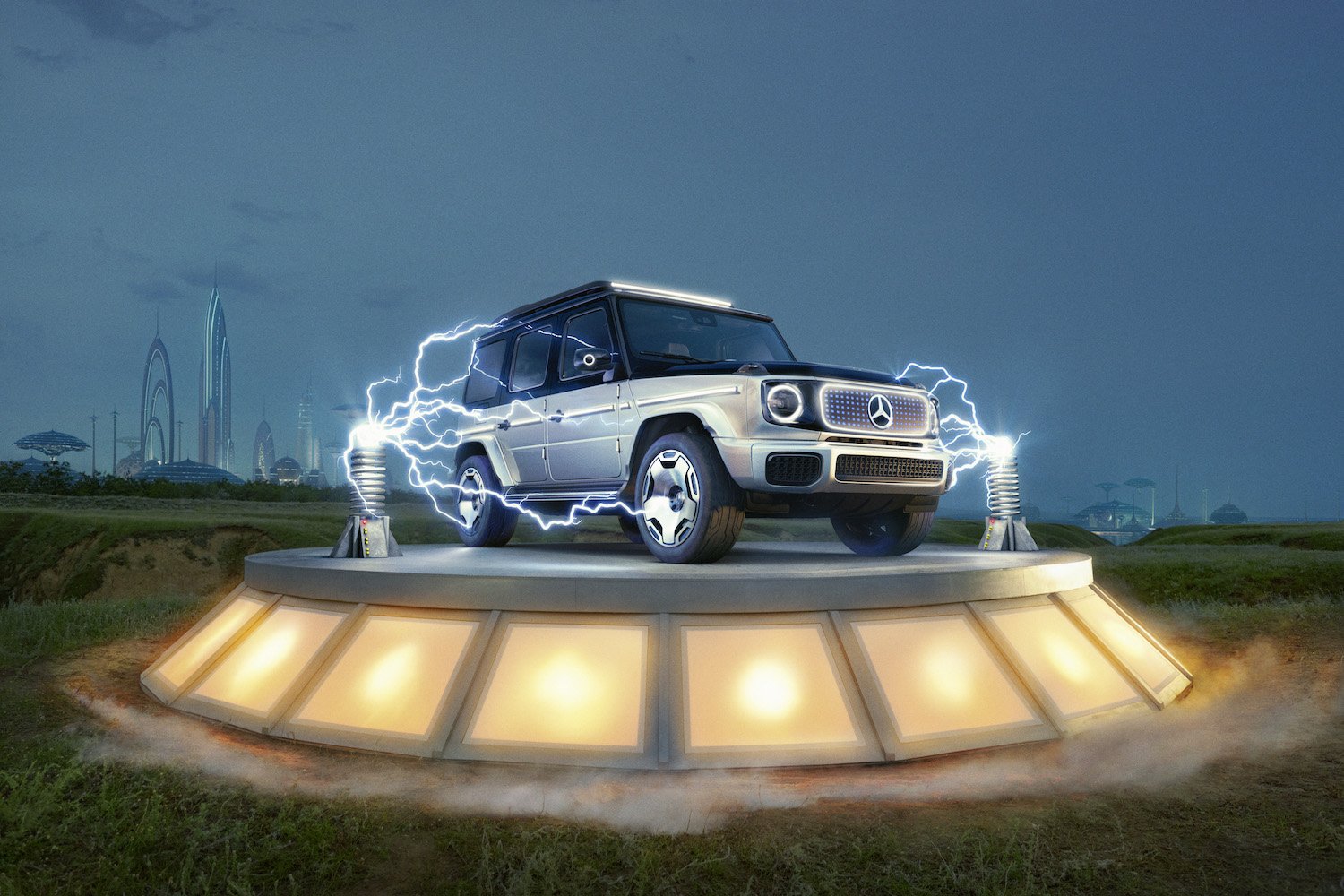 “We’re glad that in Sila we have a leading partner who will help us power our future generation of electric luxury vehicles with their highly innovative anode technology. Delivering such a high energy density is a true game changer and allows us to think in completely new directions when developing future electric cars.”
“We’re glad that in Sila we have a leading partner who will help us power our future generation of electric luxury vehicles with their highly innovative anode technology. Delivering such a high energy density is a true game changer and allows us to think in completely new directions when developing future electric cars.”
The advanced silicon anode material will be produced in Sila’s new facility in Washington state, and use only 100 percent renewable energy.
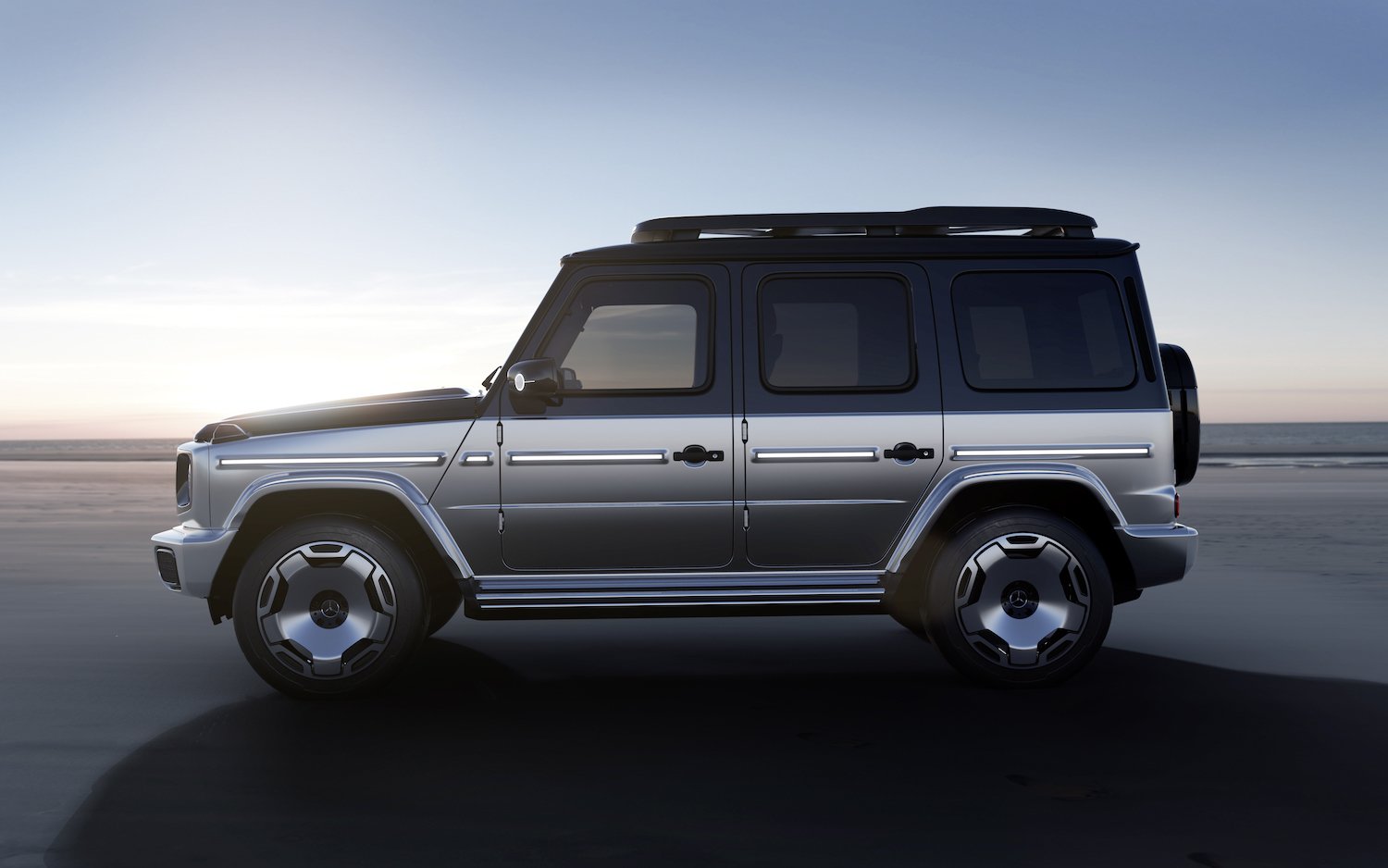 “We’re focused on delivering materials that are cost-efficient and capable of delivering on the promise of electric vehicles, working to ensure longer range energy, improved charge times, and lowering battery cost per kWh. To realise the potential of next-generation materials, scale up is a pivotal part of execution and we’ve been building towards automotive quality standards and scale since our start. With our new plant in Washington, we’re ensuring we can meet the requirements of our auto partners like Mercedes-Benz as they transition to a fully electric future,” said Gene Berdichevsky, Co-founder and CEO, Sila.
“We’re focused on delivering materials that are cost-efficient and capable of delivering on the promise of electric vehicles, working to ensure longer range energy, improved charge times, and lowering battery cost per kWh. To realise the potential of next-generation materials, scale up is a pivotal part of execution and we’ve been building towards automotive quality standards and scale since our start. With our new plant in Washington, we’re ensuring we can meet the requirements of our auto partners like Mercedes-Benz as they transition to a fully electric future,” said Gene Berdichevsky, Co-founder and CEO, Sila.
Performance and Off-Road Capability
The electric G-Wagon is designed to maintain the legendary off-road abilities of its petrol and diesel predecessors. Four electric motors, one for each wheel, will provide instant torque and precise control. Mercedes-Benz has tested the EQG on challenging terrain to ensure it meets the high standards set by the original G-Class.
When Can We Expect the Electric G-Wagon?
Mercedes-Benz plans to launch the EQG in 2025. The company aims to lead the luxury electric SUV segment with this model. As the launch date approaches, more details about pricing, range, and features will become available.
Why This Matters for the EV Market
The introduction of the EQG highlights the rapid pace of innovation in electric vehicles. By using advanced battery technology, Mercedes-Benz is addressing common concerns about range and charging times. The EQG also shows that electric vehicles can offer both luxury and serious off-road capability.
